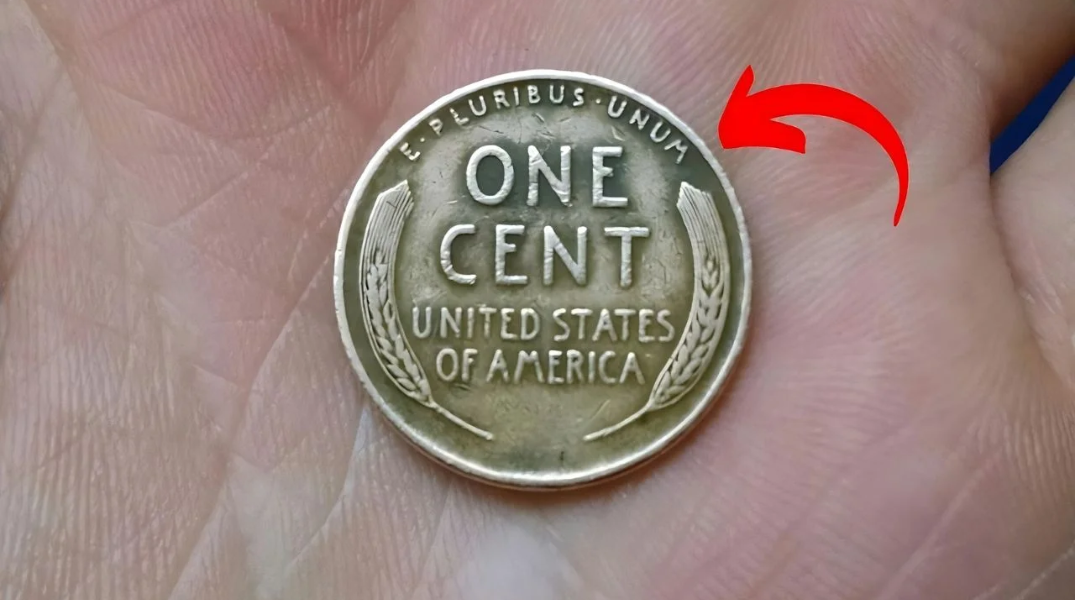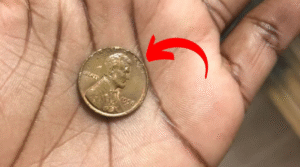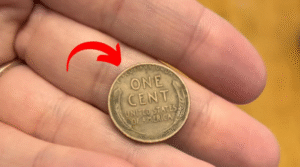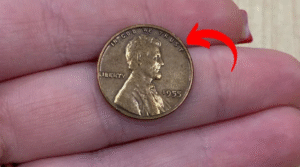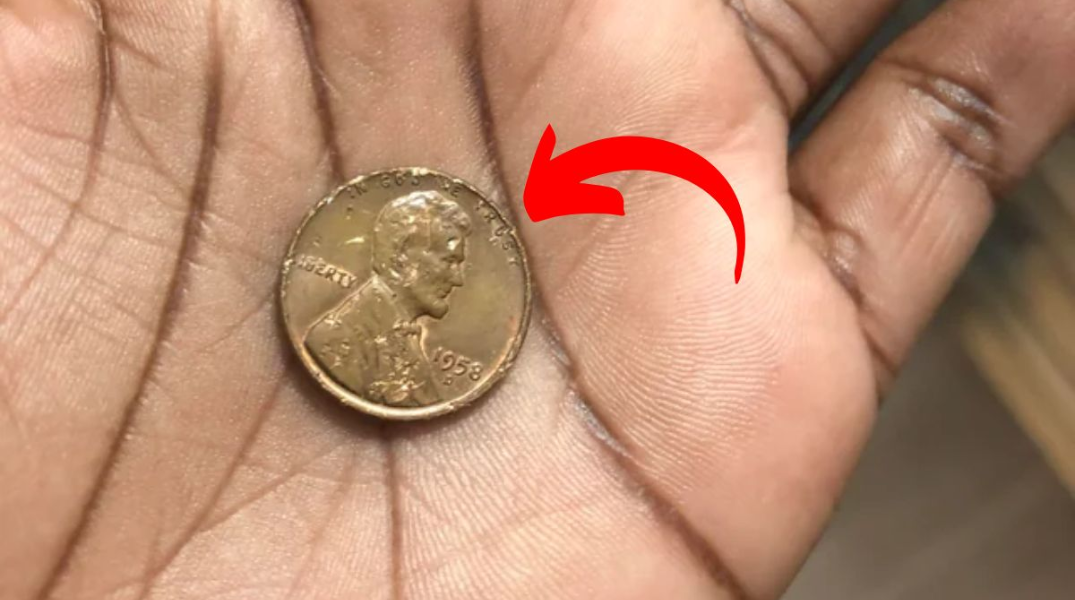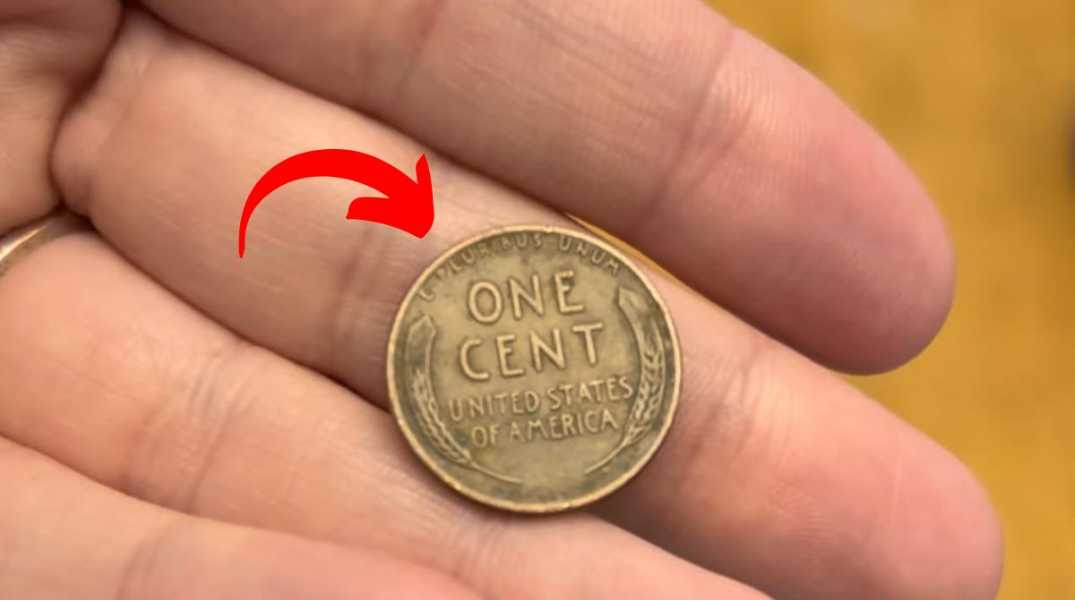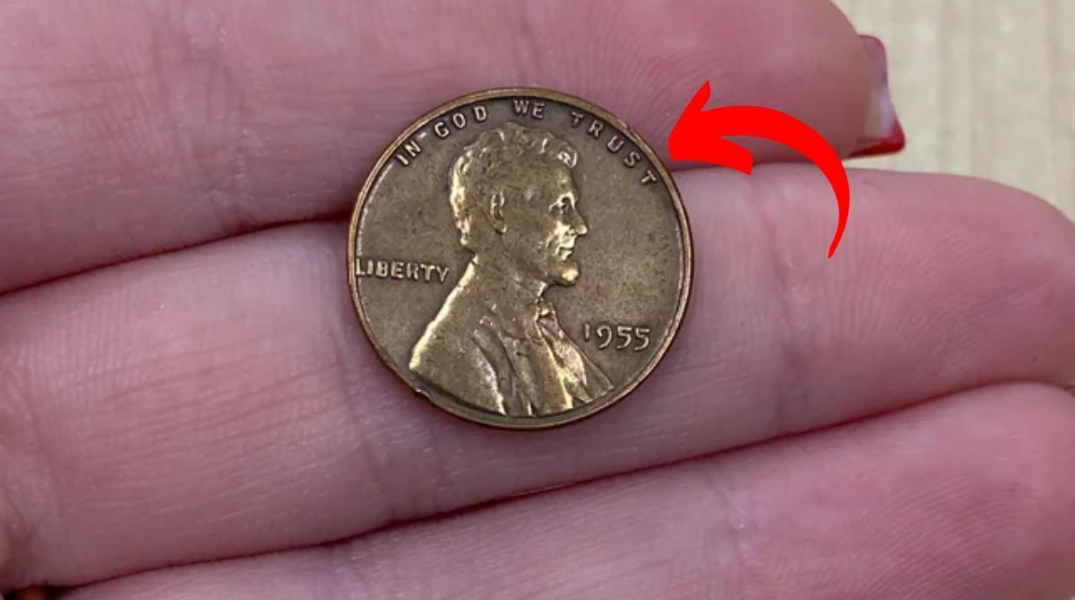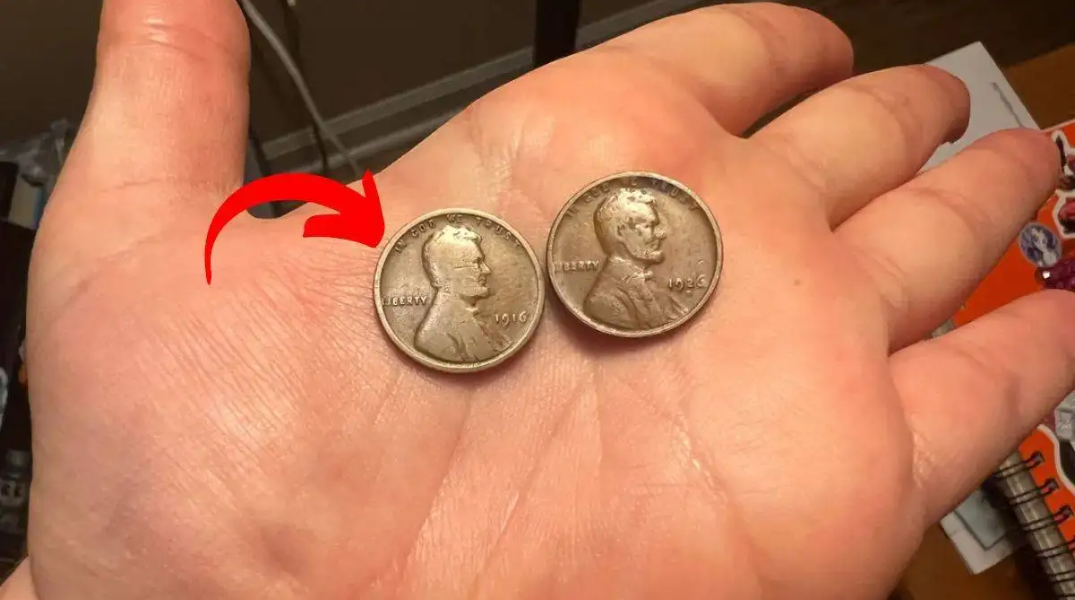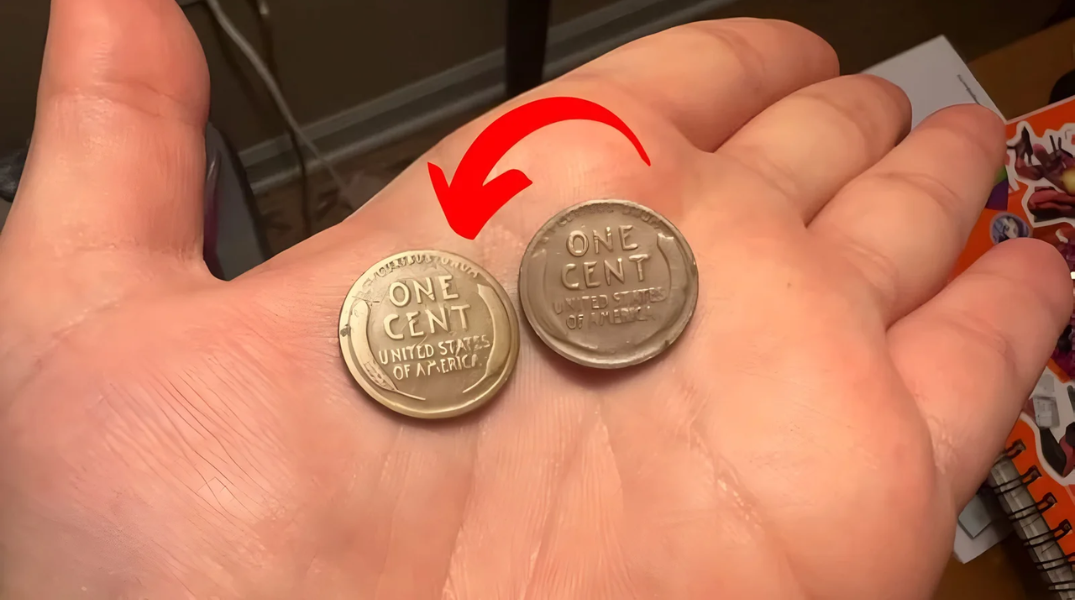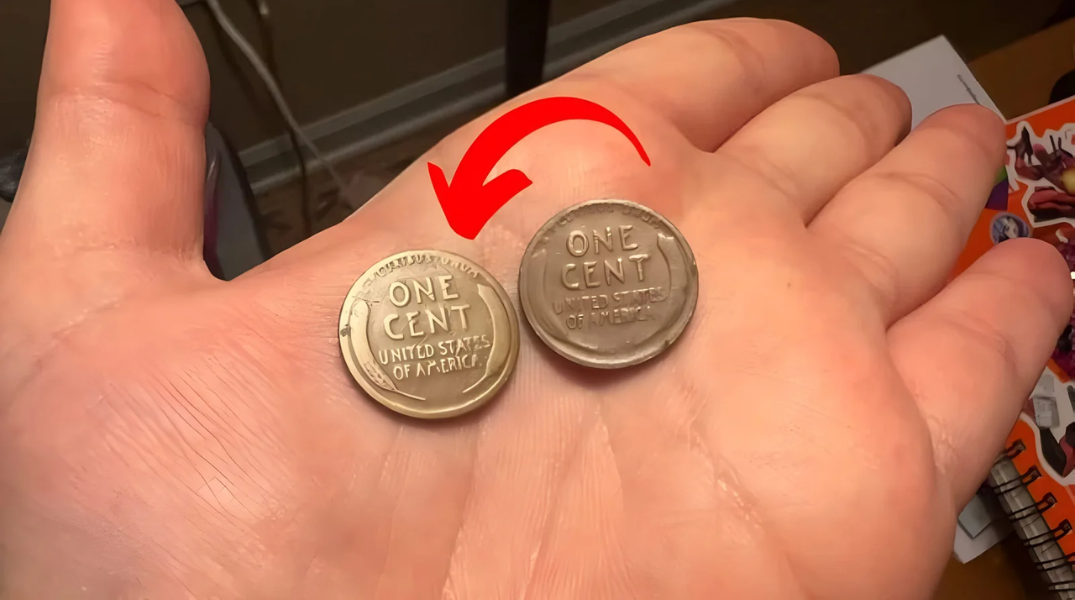That jar of pennies on your kitchen counter or that one lost between the cushions might hold more than just pocket change—it could be worth a small fortune. While most pennies are worth only face value, a select few Lincoln Wheat Pennies have stunned collectors and investors alike by fetching hundreds of thousands of dollars, with some topping $400K at auction.
Let’s explore what makes certain Wheat Pennies so valuable, how these errors occurred, and how you might identify one hiding in your own home.
What Is a Lincoln Wheat Penny?
First minted in 1909 to honor President Abraham Lincoln’s 100th birthday, the Lincoln Wheat Penny features his profile on the obverse (front) and two stylized wheat stalks on the reverse. These pennies were produced until 1958 and are easily recognizable by their rustic design.
Most are only worth slightly more than one cent—unless they belong to a rare batch created during unusual circumstances, particularly during World War II.
The Wartime Coinage Errors That Created Million-Dollar Pennies
During WWII, copper became a critical war material. To conserve it, the U.S. Mint temporarily switched to zinc-coated steel for penny production in 1943. These steel cents had a shiny, silver-like appearance—unlike the traditional brownish copper color Americans were used to.
But mistakes happened. A small number of bronze planchets (used to make earlier pennies) were accidentally left in the minting presses. The result? A 1943 bronze penny—a coin that was never supposed to exist.
These errors are now among the rarest and most sought-after U.S. coins. Only 10 to 15 genuine 1943 bronze pennies are known to exist. One of them sold for a staggering $1.7 million in 2010, and a 1943-S (San Francisco mint) bronze penny fetched $1 million.
Another error occurred in 1944 when the Mint returned to using bronze. A few leftover steel blanks were mistakenly used again, creating the elusive 1944 steel penny, one of which sold for $400K.
What Makes These Coins So Valuable?
- Extreme Rarity: Only a few of these error coins were minted.
- Historical Significance: Each coin tells the story of wartime America and resource conservation.
- Collector Demand: Coin enthusiasts will pay high premiums for verified rare errors.
These factors create a “perfect storm” that elevates their value far beyond normal collectible coins.
Other Wheat Pennies Worth Big Bucks
While the 1943 and 1944 error coins are top-tier, several other Lincoln Wheat Pennies are still highly valuable:
| Year & Mint Mark | Description | Potential Value |
|---|---|---|
| 1909-S VDB | First year of issue with designer initials | Up to $3,000+ |
| 1914-D | Low mintage from Denver | $200 to $5,000+ |
| 1922 No D | Missing Denver mint mark | $500 to $15,000 |
| 1955 Doubled Die | Doubled image on the obverse | Up to $50,000+ |
| 1958 Doubled Die | One found in 2022 from a coin roll | Over $100,000 |
How to Check If Your Penny Is Valuable
- Start with the Date: Look for 1943 or 1944 first.
- Do the Magnet Test:
- A 1943 penny should be steel (sticks to a magnet). If yours doesn’t—it could be the rare bronze.
- A 1944 penny should be bronze. If it does stick—it could be the rare steel error.
- Look for Mint Marks: Small letters like “S” (San Francisco) or “D” (Denver) can add value.
- Spot Minting Errors:
- Doubled dies (design appears doubled)
- Off-center strikes
- Repunched mint marks
Protect Your Discovery
If you suspect you’ve found a rare penny:
- Never clean it! Even gentle cleaning can ruin its value.
- Store it in a coin holder.
- Have it graded and authenticated by a professional, like PCGS or NGC.
Real Finds, Real Fortunes
Coin roll hunters and everyday people have stumbled across these treasures in ordinary places—from estate sales and piggy banks to inherited coin jars. A 1958 doubled die penny worth over $100,000 was pulled from a roll just a few years ago.
It proves one thing: these pennies are still out there.
Frequently Asked Questions (FAQs)
🪙 What is the most valuable Lincoln Wheat Penny ever sold?
A 1943-D bronze penny fetched $1.7 million in 2010—making it the most valuable to date.
🧲 How can I tell if I have a 1943 bronze penny or steel penny?
Use a magnet. Steel pennies stick; bronze ones don’t. A 1943 penny that doesn’t stick to a magnet might be extremely valuable.
🔍 Where should I look for rare pennies?
Search through:
- Loose change
- Coin rolls from banks
- Inherited or family coin collections
📈 Will these coins continue to rise in value?
Yes, due to rarity and collector demand. High-grade examples and verified errors often appreciate over time.
🛑 Is cleaning coins recommended to increase their value?
No! Cleaning can damage a coin’s surface and significantly reduce its market value.
Final Thoughts
The Lincoln Wheat Penny isn’t just a coin—it’s a piece of American history. While most are worth just a few cents, a rare few are valued in the hundreds of thousands or even millions. With a little patience and a keen eye, your next coin roll could hold a life-changing surprise.
So grab that jar, check your change, and you might just uncover a penny that turns heads—and wallets.
